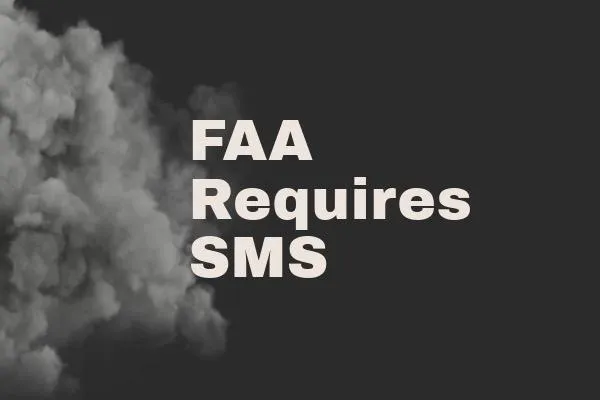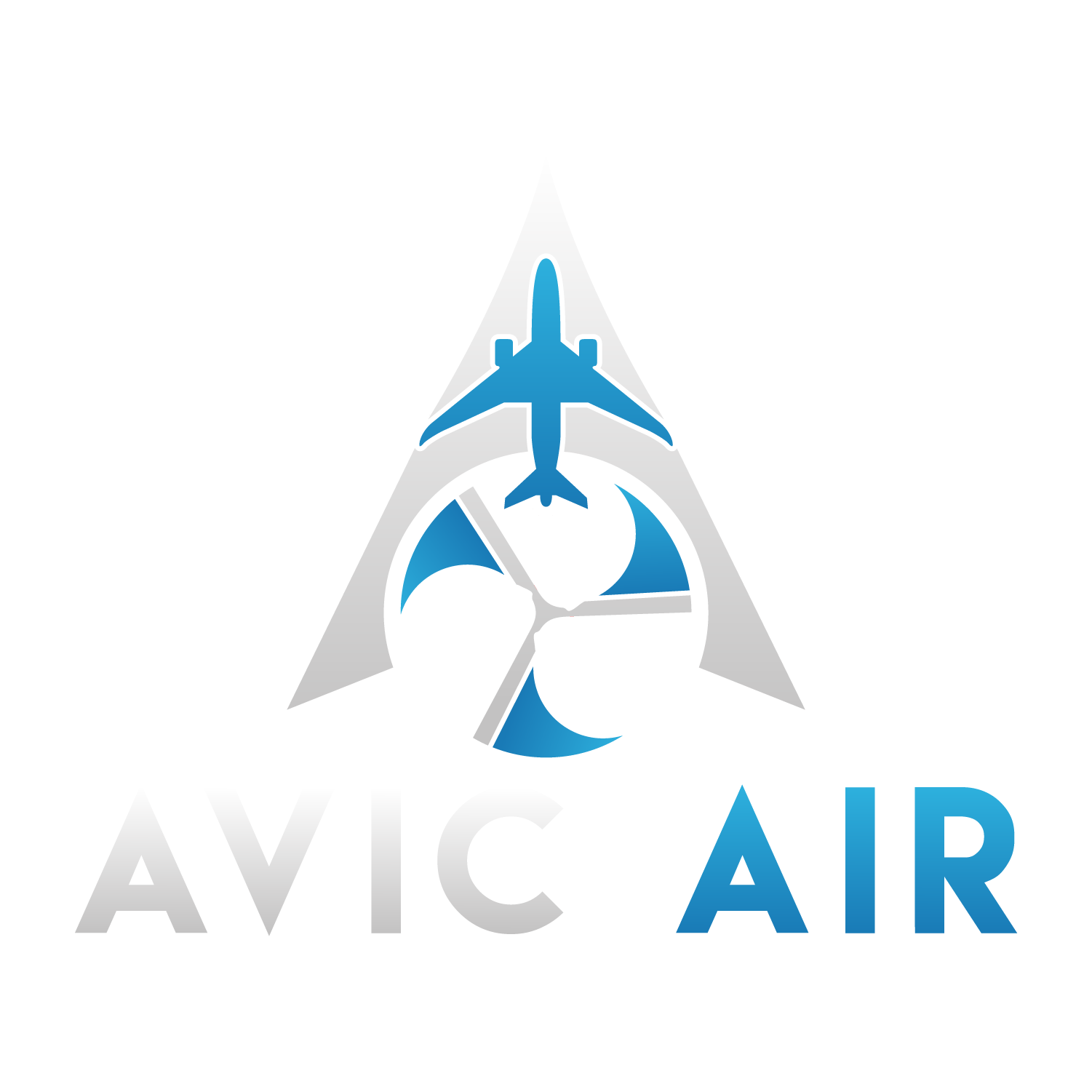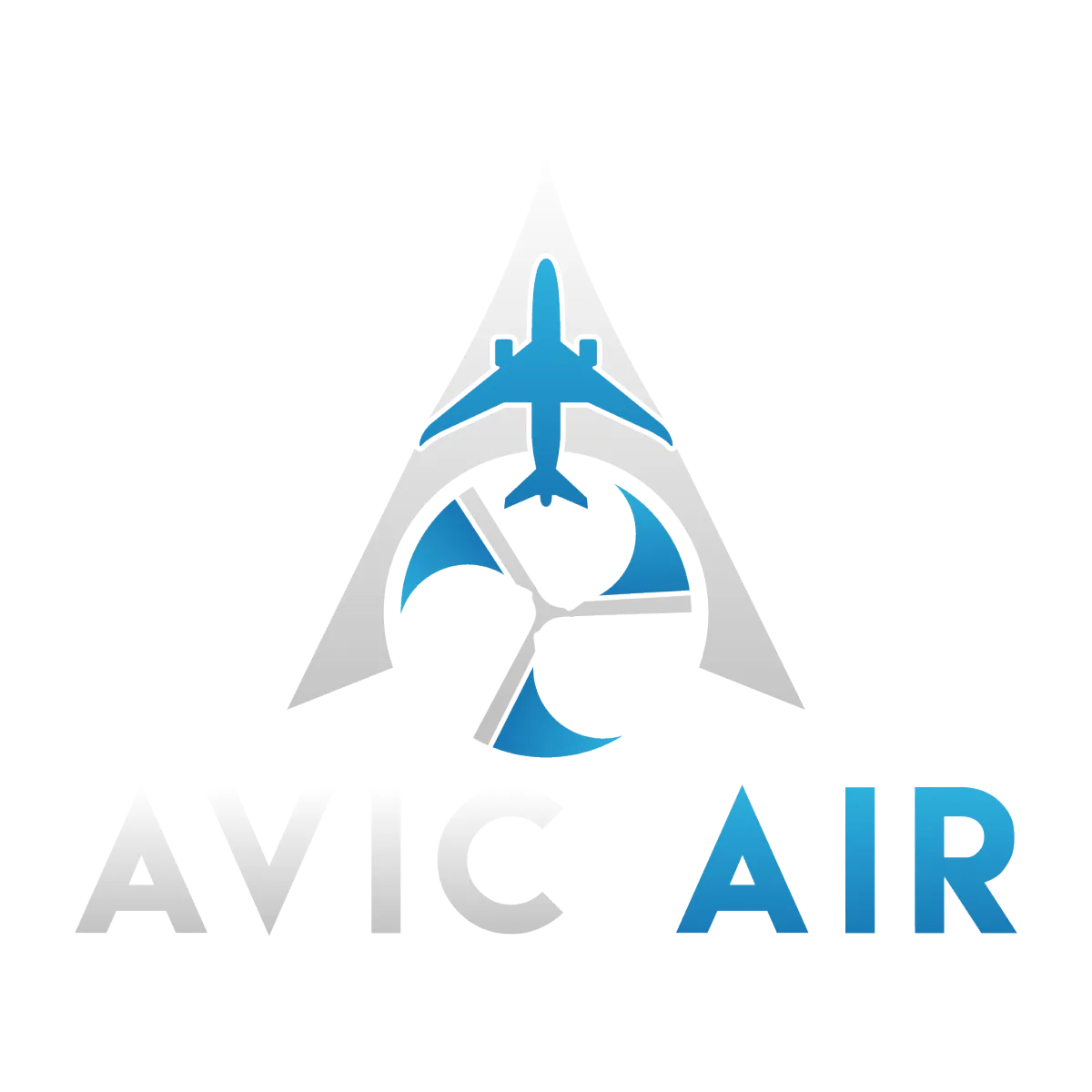Innovative Ideas and Strategies for Aeronautical Success
Aviation Career

Understanding the FAA's New Safety Management System Requirements for Pilots and Small Part 135 Operators

Understanding the FAA's New Safety Management System Requirements for Pilots and Small Part 135 Operators
The Federal Aviation Administration (FAA) has finalized new regulations requiring Safety Management Systems (SMS) for a broader range of aviation service providers, including small Part 135 operators. This expansion aims to enhance aviation safety by systematizing the management of safety risks, aligning domestic regulations more closely with international standards set by the International Civil Aviation Organization (ICAO).
Who Needs to Comply?
The updated requirements extend to:
Part 119 certificate holders authorized to operate under Part 135 (commuter and on-demand operations).
Operators conducting passenger-carrying flights for compensation or hire under § 91.147.
Holders of both a Type Certificate (TC) and a Production Certificate (PC) for the same product under Part 21.
Key Deadlines for Compliance
Part 135 Operators and § 91.147 LOA Holders: Existing operators must develop and implement an SMS within 36 months from the regulation's effective date and also submit a declaration of compliance within the same period. New applicants must have an SMS from the start of their operations.
Part 21 Certificate Holders: These entities have six months to submit an implementation plan and three years from the plan approval to meet the SMS requirements.
Costs Implications
Small operators (1-99 employees) might face initial costs ranging from $7,500 to $38,120 and annual costs from $4,380 to $39,420.
For operators with 1-9 aircraft, these initial costs can be slightly higher, ranging from $8,100 to $41,180, with annual costs between $4,730 and $42,580.
Operators with larger fleets (100-500 aircraft) will face significantly higher costs.
These costs are reflective of expenses related to developing and maintaining organizational system descriptions, safety policies, employee training programs, and hazard and risk management procedures.
Software and Resources
Operators will need SMS software tailored to their operation's size and complexity, featuring hazard reporting tools, risk management frameworks, and compliance monitoring applications. While the FAA does not endorse specific products, operators are encouraged to select software that best fits their needs.
Benefits of Compliance
Despite the initial and ongoing costs, the structured approach to managing safety risks offers substantial benefits, such as improved safety outcomes, potentially reduced insurance costs, and compliance with both domestic and international safety standards.
How to Proceed?
Operators should begin by:
Assessing current safety management practices.
Identifying gaps relative to the new SMS requirements.
Developing an implementation plan detailing steps, timelines, and budget allocations.
Consulting with industry associations or hiring specialists for best practices and compliance strategies.
Conclusion
The requirement for an SMS marks a significant shift towards enhancing overall aviation safety. Operators are encouraged to start planning their SMS implementation strategy promptly to ensure compliance and to maximize safety benefits. For additional guidance, visit the FAA’s official website or contact your local FAA office.
STAY BRIEFED
Sign up to be the first to find out when something new lands:
-Events
-Articles
-Podcast
-Courses
Large Call to Action Headline
A-V-I-C stands for Aviation Intelligence Community. Our mission is to improve the quality of life for aviators through shared experience. Be sure to join us on the social media sites @avicair, we love sharing ideas, experience, and intelligence to propel our industry forward.



Facebook
Instagram
X
LinkedIn
Youtube